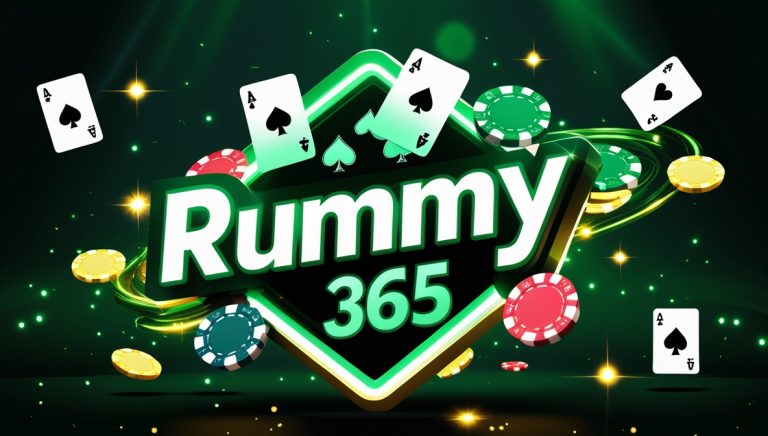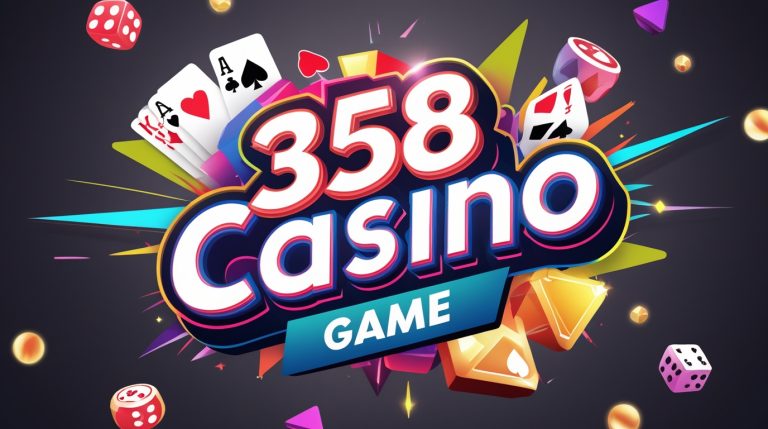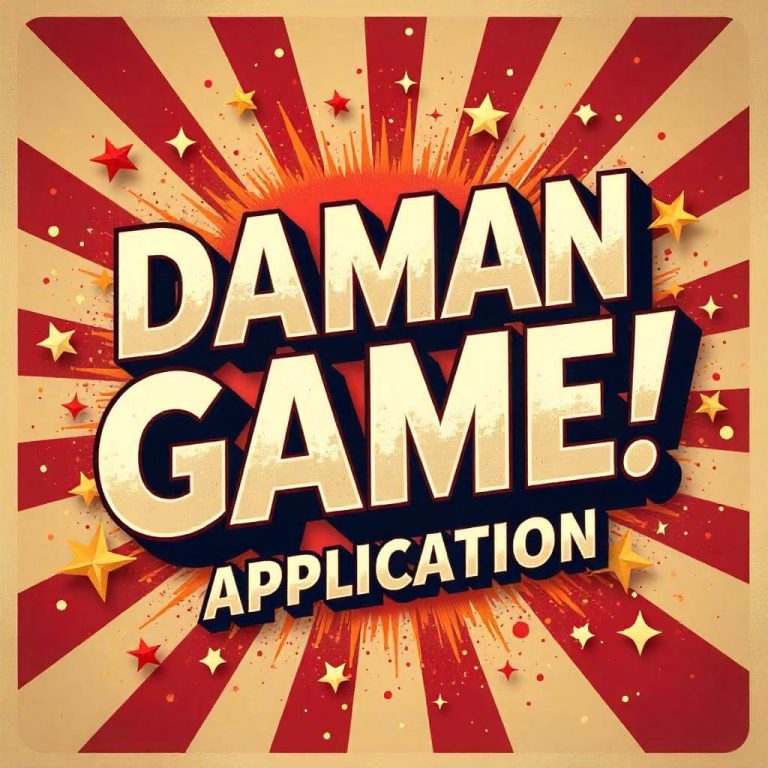
While non-gaming applications have started incorporating game-like features to enhance engagement and retention, gamification has been transforming user engagement on mobile devices at a much broader scale. For example, the State Bank of India (SBI) has developed a comprehensive mobile banking solution, the YONO app, which also has non-banking features of social networking, earning and a gamification layer that interacts with users to make them complete financial tasks.
In this post, we consider how the YONO game register with regard to the technical detail aspects works, the reasons it has been put in place and the supporting mechanics. There are app developers, product analysts and users of the app, who will benefit from the elaborated answer to the flow. It is clear that the tool will be beneficial to them to gain competitive advantage insight which is important in the contemporary sophisticated banking industry.
What is YONO Game Register?
This gamification module contains the user activated using the opt-in process YONO game register. As such modules contains the activated using the opt-in process gamification module which contains
- Completing weather and day-based challenges
- Targeting and earning avatar-like digital badges
- Metapoint systems of achieving and losing
- Achievement consolidation modules
- Progress consolidation modules
- Community ranking modules
Though there is a conclusory set of tasks from a user perspective to complete with ‘sign up’ on the module, from a more process-oriented perspective it is a clearly defined operational process that includes user identification, user identification and contact capture, identification on external systems, portfolio, and rate allocation.
YONO Game Register process
We will go through the process for the YONO Game Register from them claiming the game till the completion of registration.
- User Engagement At The UI Layer
The YONO frontend application most likely built with either React Native of Flutter consults with the UI and can detect user engagement when users press buttons such as:
“Join Game Mode”
This interaction does validation on the UI at the moment whether the user is logged or not and sends the request to the game service API.
- API Requests The Backend Service
A POST request is directly sent from the application to the API Endpoint which is
/game/register
✅ Measures Taken:
All communication is encoded through HTTPS
All requests are logged
The Authentication headers are either OAuth 2.0 or JWT tokens
There is exhaust rate slacks
- Authentication and User Validation
The User’s authentication is sent to the server gets with the claim that user is logged which from which claim is sent with the session called token the Id user and the suppose’s user claims which checks if and they are active within the database.
The user’s sentiment is if they have not already conquered the game.
All required terms and consents and the rules have been abided by and agreed to.
For authentication failure the structured error returned is (ex. 400 User not properly registered).
- Filling Database Records and Creating Game Profiles
Once the validation process is complete, the system associates the new game profile with the account.
Example SQL Entry:
INSERT INTO game_users (user_id, registration_date, level, score)
VALUES (‘1029384756’, CURRENT_DATE, 1, 0);
Additional data tables may include:
- game_tasks – Task templates that have been preloaded
- game_rewards – Points, levels, and achievements
- user_activity_log – Records of system actions ordered by timestamps
- Reply to Client Application
Once the database wykonanie is successfully finished, the server’s response is the following:
{
“status”: “success”,
“message”: “Registration complete”,
“current_level”: 1,
“rewards_available”: true
}
This response lets the application:
- Redirect the user to the game dashboard
- Show the welcome or onboarding popups
- Activate daily tasks or challenges
Data Flow Diagram (Conceptual)
Here’s a simple conceptual flow:
- User Action → API Gateway → Auth Service → Game Engine Microservice → DB Write → Response → UI Update
Each component is modular, allowing for scalable deployments and independent updates.
Why Implement Gamification For YONO?
From a technical product standpoint gamification has shown to:
- Increase user engagement wth the app.
- Motivation users to complete bill payments.
- Gain deeper insights into user behavior through tasks performed.
- Add further app functionalities to the app beyond traditional core banking.
In the YONO app for example, the YONO Game Register feature is more than a marketing feature; it is a tactical element that binds the technical infrastructure to the user’s mind.
System Considerations and Requirements
❗ Scalability
When adoption increases, systems will be expected to:
- Support multiple YONO Game Register at the same time
- Respond in quick time
- Cache data in Redis to decrease the database workload.
🔐 Security
- All sensitive data should be encrypted at rest and during transmission.
- Watch for unusual patterns during login or YONO Game Register.
- Give users the option to turn off the feature, and delete their in-game data.
🧩 Modularity
If possible, the game engine should be a microservice separate from the rest of the banking modules, in order to:
- Enable quicker risk-grading updates.
- Apply risk more easily.
- Simplify connection with third-party systems, such as promotional coupon providers.
Final Thoughts
The YONO game register process is a perfect example of how a modern app can implement gamification, backed by robust architecture, to increase user engagement. The front end appears simple – a registration button. The backend does authentication, logic validation, database mapping, and response delivery – all in milliseconds. And does thanks to provided internal and external systems.
This is very helpful for developers and tech lovers, as it illustrates the practicality of microservices, API management, and data analytics in a mobile app.



